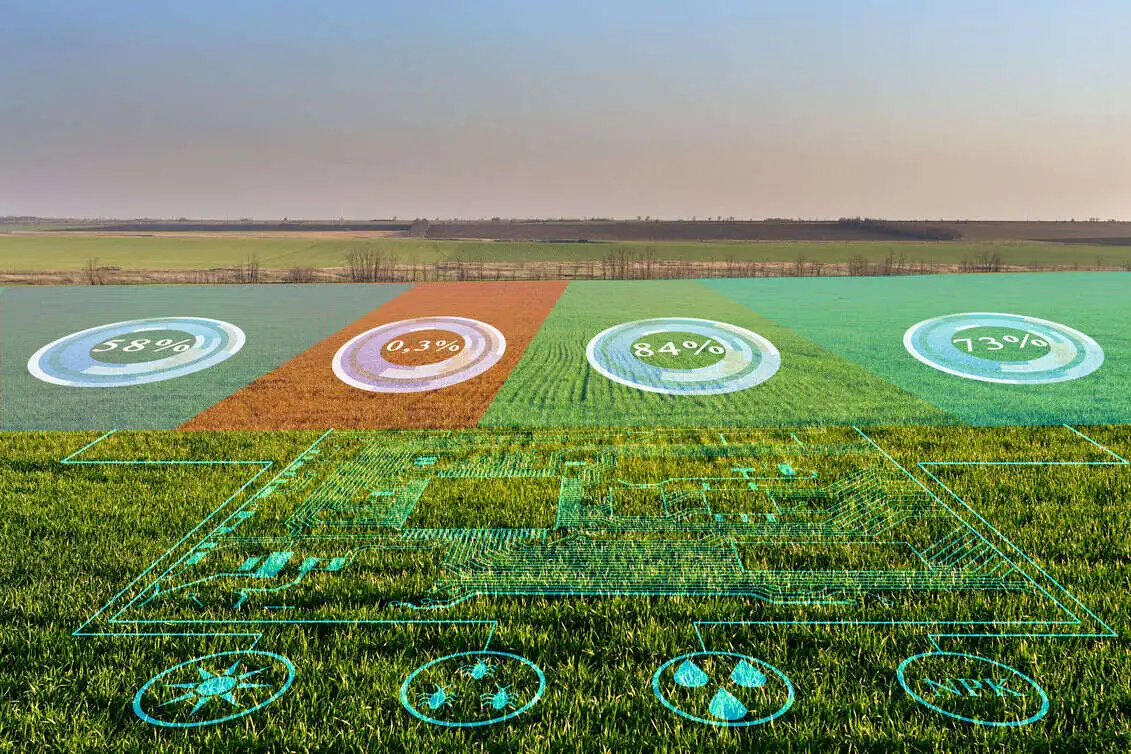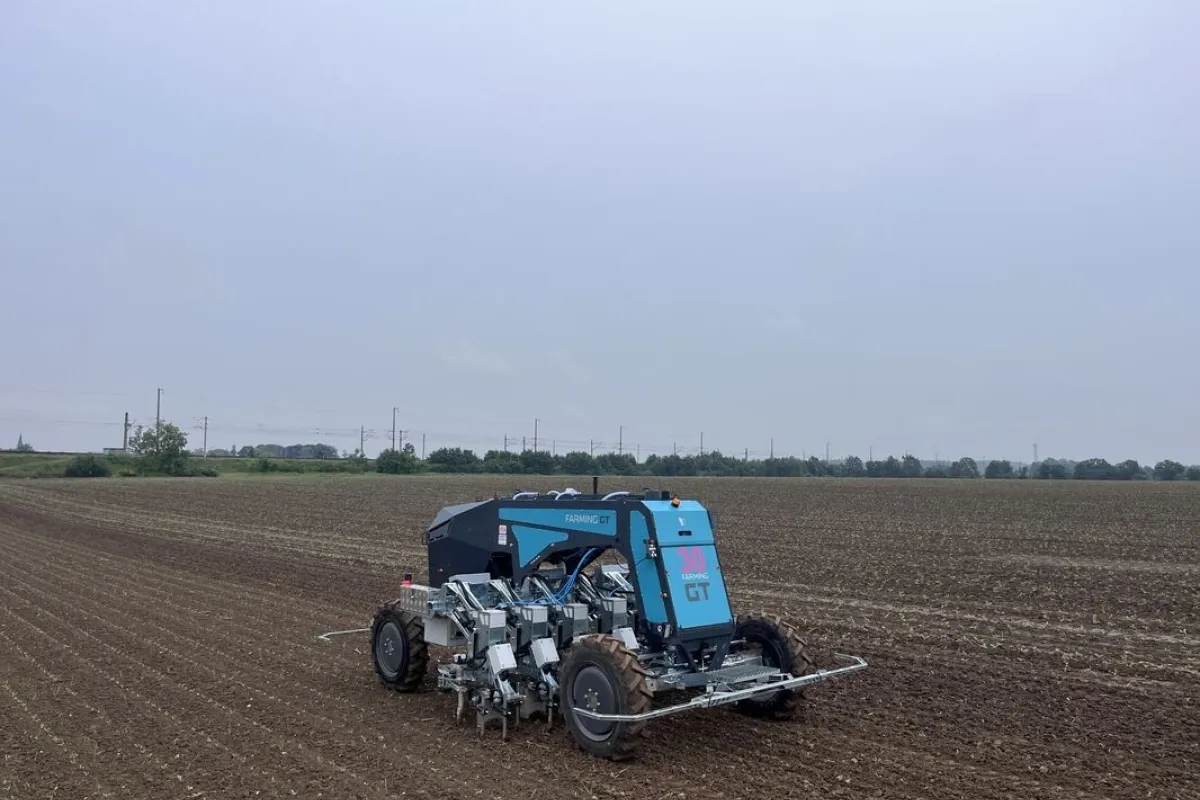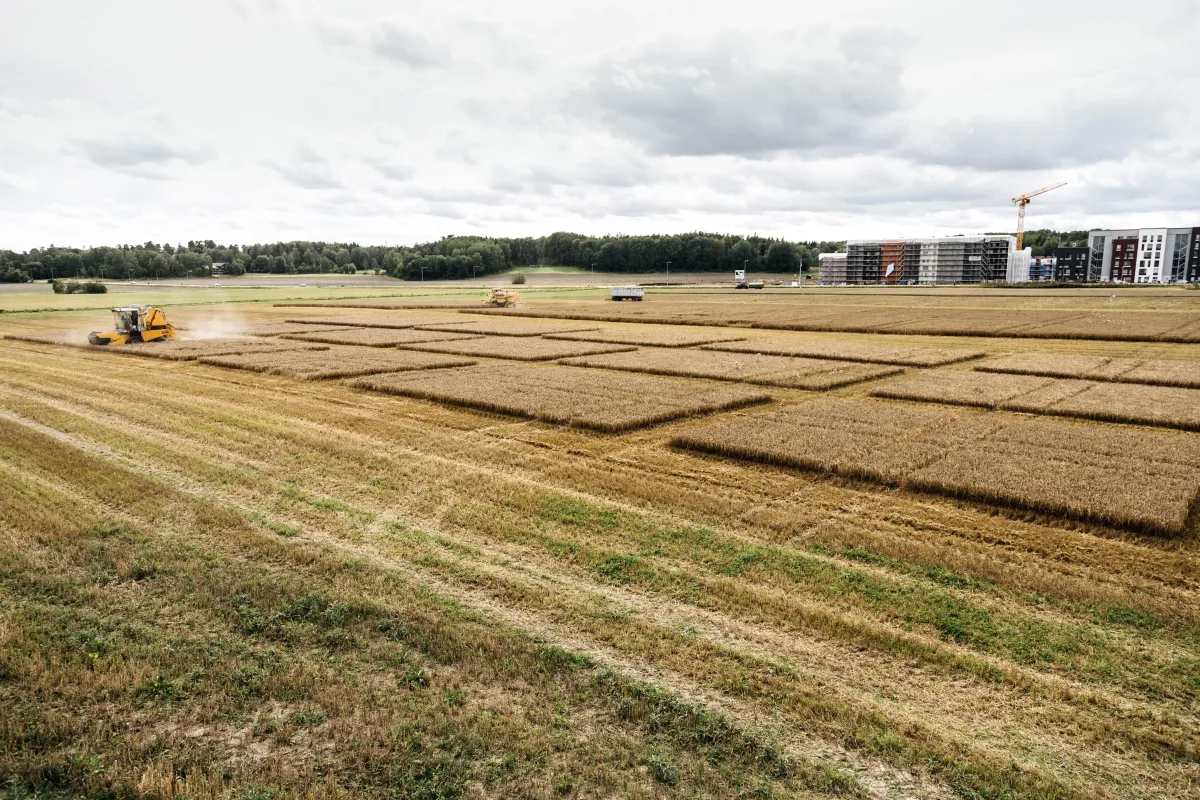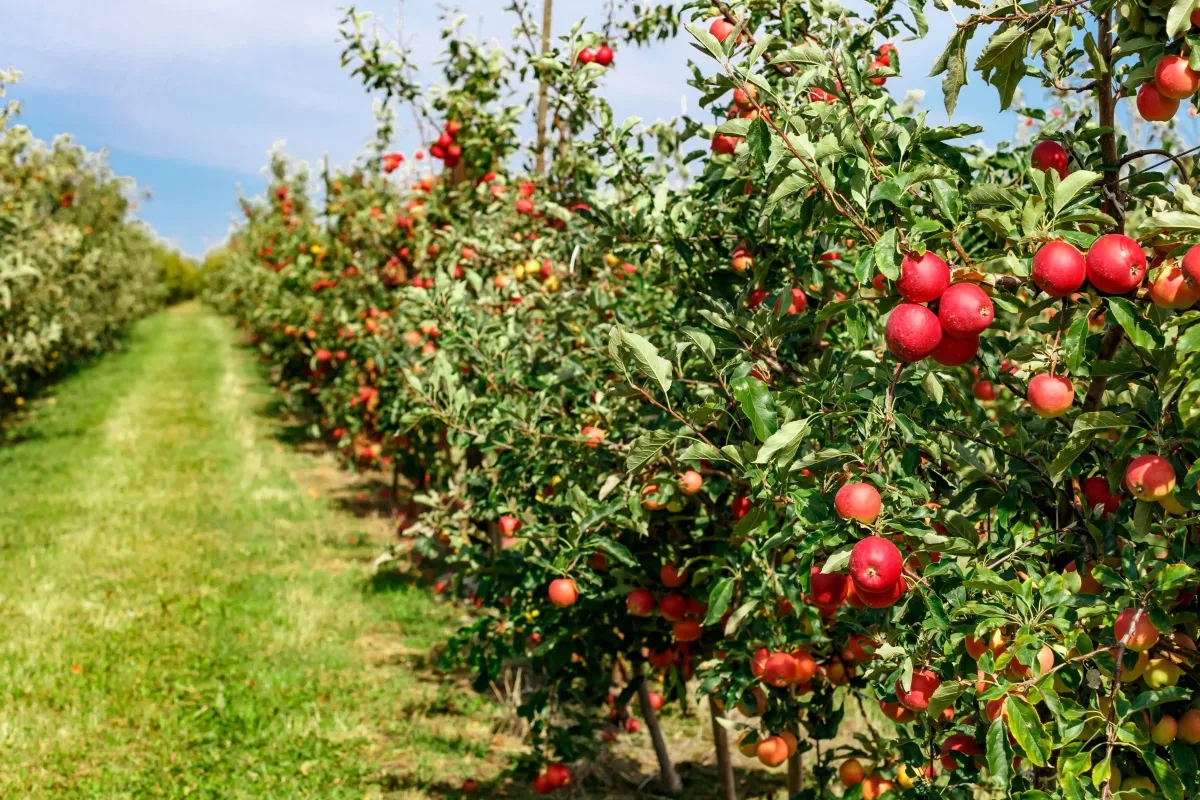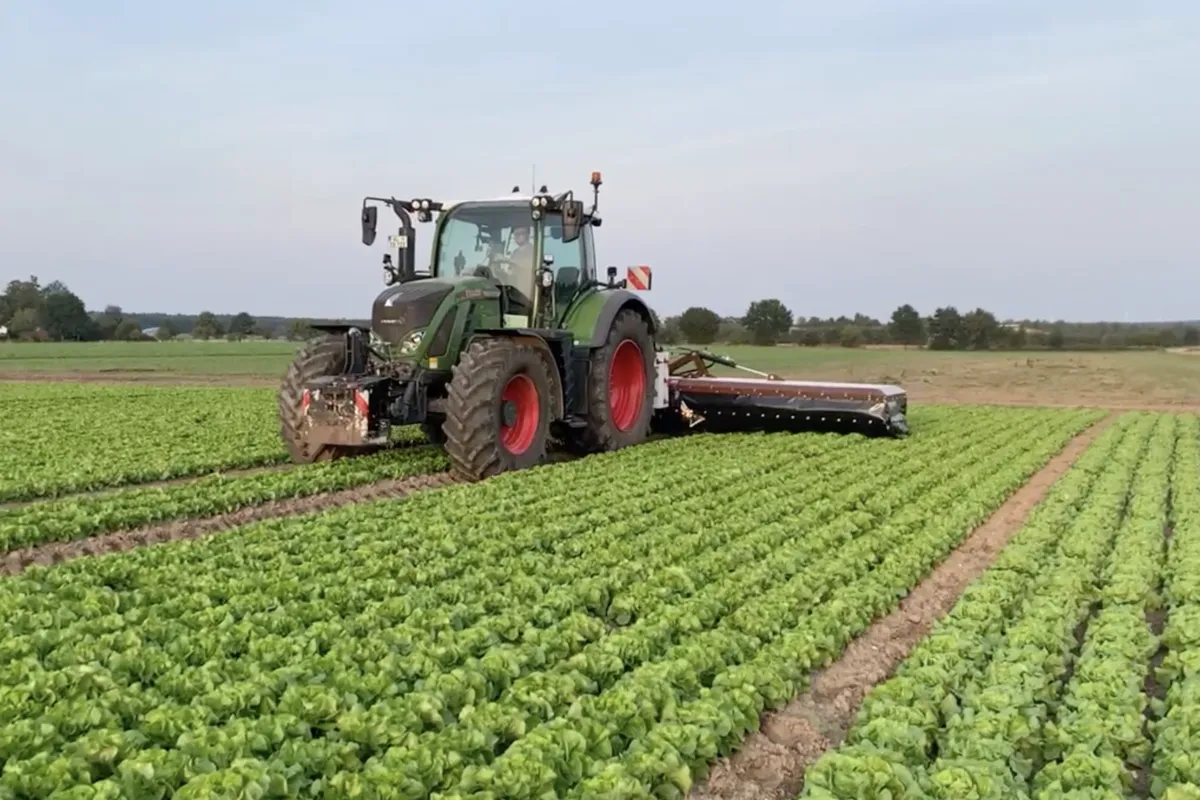
Overview
During the development of systems based on AI and/or robotics, tailored data are needed to support the realisation, validation and optimisation of systems and subsystems. This service aims at providing such data.
AI models are a noteworthy example of systems that require data to be trained; more generally, any system which processes data produced via artificial perception (such as images, videos, LiDAR, ultrasound, radar...) requires suitable data to be built, tested and fine-tuned.
This service allows a customer to define, together with agrifoodTEF, the specific features of the data that the customer’s activities require and to receive datasets precisely matching such features. Among the features to be defined are the type, number and specifications of the data streams comprised in the datasets (e.g., when multi-sensor data are required) and the range of variations encompassed by the data (e.g., the variety of environmental conditions represented in a sensor stream); lower-level features to be defined concern the formatting and packaging of the data.
More about the service
Once the features of the required data have been defined, it is then necessary to generate the corresponding datasets. This is done by collecting, processing and often also augmenting the data (e.g., by adding metadata or labels).
This activity requires specialised expertise and usually imposes a strong burden on a company: this service helps customers by moving the burden onto agrifoodTEF.
During this phase the customer can choose to share with agrifoodTEF, under NDA if needed, details about the system that the data will be used with; such details allow an even closer match between system requirements and data specifications.
Phase Two is data preparation and strongly depends on the outcome of Phase One.
Three different cases may occur:In Case 1, the required datasets are available in agrifoodTEF’s archives, already in a form that is fully compliant with the specifications. Service execution can proceed to Phase Three (described below).
In Case 2, suitable data are available in agrifoodTEF’s archives but require additional processing (such as labelling, transcoding, and formatting) to be compliant with the specifications. In this case, services S00115 (data validation and processing services) and/or S00290 (data labelling) are leveraged as a preliminary step, then the situation reverts to Case 1.
In Case 3, no (or insufficient) data compliant with the specifications are available in agrifoodTEF’s archives. In this case services S00112 + S00113 (execution of physical testing + collection of test data during physical testing) and/or S00182 + S00183 (execution of digital testing + collection of test data during digital testing) are employed to generate raw data according to the customer’s needs; then the situation reverts to Case 2.
Generally speaking, Phase Two is completed as soon as the activities needed to get to Case 1 have been executed by agrifoodTEF.
At the end of Phase Two the service proceeds to Phase Three, which is data delivery.
The overall duration of the service heavily depends on the requirements of the customer, as these influence Phase Two, where most of the work is done. Service duration is communicated to the customer during Phase One.
Example service: The customer is a software company developing a computer vision AI model and needs data to train the model. The model’s goal is to be able to reliably recognise Matricaria and bean plants and to detect the emergence of other spontaneous weed species.The model is intended to be provided as a module to manufacturers of implements, and the company does not want to overly constrain the set of potential clients by imposing strict criteria on the camera system to be mounted onboard the implement.
For this reason, together with agrifoodTEF, the customer defines a set of 4 most common camera system configurations, which must all be covered by the training datasets. For each of the 4 configurations, the company requires data in 3 different lighting conditions, i.e., strong sunlight with the sun overhead, strong sunlight with the sun low on the horizon, and diffuse sunlight (e.g., cloudy weather).
No labelling is required from agrifoodTEF since the company intends to execute it internally.
AgrifoodTEF already has in its archives suitable datasets covering 5 of the 12 conditions required by the customer, so these get suitably formatted and immediately provided to the customer.
The data covering the remaining 7 conditions must, instead, be generated ad hoc. For this, the customer and agrifoodTEF together formulate a data acquisition plan. The customer also agrees with agrifoodTEF on the execution of auxiliary services S00112 (execution of physical testing) and S00113 (collection of test data during physical testing) in order to acquire the datasets.
Data collection is done using agrifoodTEF’s own infrastructure (prepared fields, sensors, robots).The data collection campaign is then put into execution by agrifoodTEF; the resulting data are both added to agrifoodTEF’s archives and suitably formatted to be compatible with the customer’s needs. The datasets thus prepared complete the coverage of all 12 cases needed by the customer. Provisioning of the data concludes the execution of the service.
